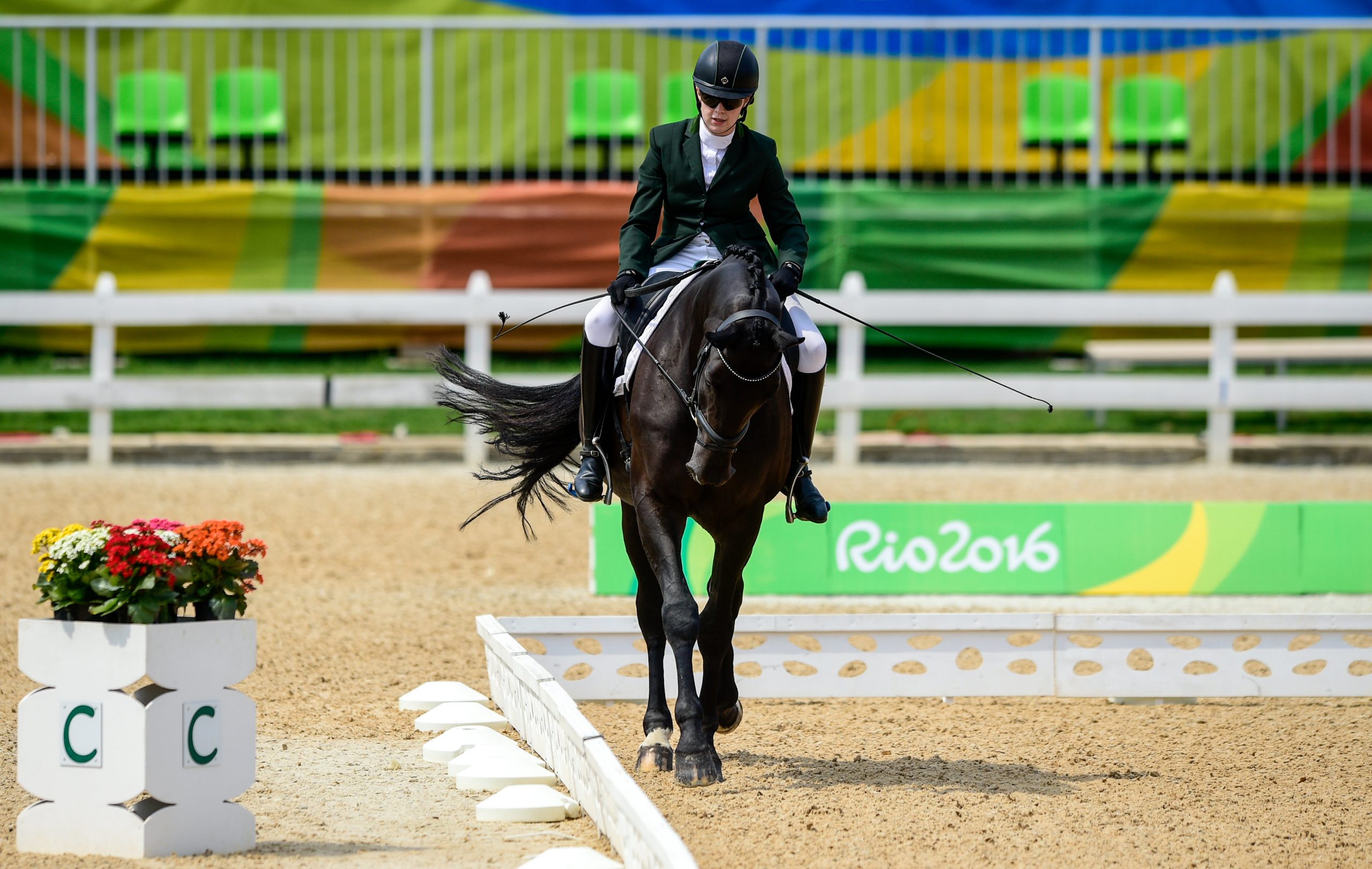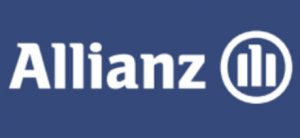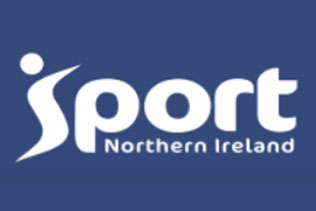
Summary
Para dressage made its debut at the Atlanta 1996 Paralympic Games and it is the only equestrian discipline included in the Games. Men and women compete against each other equally within their specific grades, with riders competing on their own horses.
Para dressage is conducted under the same basic rules as the dressage. The horse has to perform at a walk, trot and canter, and all tests are ridden from memory and follow a prescribed pattern of movements. The only exception is the freestyle which is specifically choreographed for each horse and is performed to music.
There is also a team test that involves three to four members.
Riders are judged on their display of horsemanship skills and are permitted to use devices such as dressage crops, connecting rein barns, rubber bands and other aids.
Championship tests Freestyle Tests All rules and regulations with regards to competition venues and testing are governed by the same principles as all other FEI disciplines. The formula for events is the same as for standard Dressage events with Freestyle tests and also tests where athletes follow a set programme. Competitors must wear the appropriate equipment as stipulated in the Para Dressage Rules and are only permitted the use of special equipment called compensating aids when this has been formally documented and approved.Events
Events
Rules and Equipment
Documents:
Classification
Eligible impairments
| Hypertonia | Impaired Muscle Power |
| Ataxia | Leg Length Difference |
| Athetosis | Impaired Passive Range of Movement |
| Limb Deficiency | Vision Impairment |
| Short Stature |
Classification description
In equestrian dressage riding, there are five sport classes called Grades for athletes with physical and visual impairments. Lower grades indicate more severe activity limitations and higher grades include athletes with less severe activity limitations.
The level of difficulty of the test they perform is relative to their allocated grade.
Para equestrian combines athletes with different types of physical impairments, so you might see two athletes with different profiles competing in the same Grade. The impact of each athlete’s impairment on performance, however, is similar within each Grade.
Sport Classes
For illustrated explanation please click on the button below.
Athletes are allocated a profile which is correlated to one of the five classes (grades) (I, II, III, IV or V), as follows:
| Grade I |
| Riders have severe impairments affecting all limbs and trunk. The athlete usually requires the use of a wheelchair. They may be able to walk with an unsteady gait. Trunk and balance are severely impaired. Profiles: 1, 2, 3, 5, 7, 12a, 13 |
| Grade II |
| Riders have either a severe impairment of the trunk and minimal impairment of the upper limbs or moderate impairment of the trunk, upper and lower limbs. Most athletes in this Grade use a wheelchair in daily life. Profiles: 4, 6, 9,10a, 11a, 12b, 31a |
| Grade III |
| Riders have severe impairments in both lower limbs with minimal or no impairment of the trunk or moderate impairment of the upper and lower limbs and trunk. Some athletes in this Grade may use a wheelchair in daily life. Profiles: 8, 10b, 11b, 14, 17a, 18a, 27, 31b, 32 |
| Grade IV |
| Riders have a severe impairment or deficiency of both upper limbs or a moderate impairment of all four limbs or short stature. Athletes in Grade IV are able to walk and generally do not require a wheelchair in daily life. Grade IV also includes athletes having a visual impairment equivalent to B1 with very low visual acuity and/or no light perception. Profiles: 15, 17b, 18b, 19a, 21, 25, 26a, 28, 36 |
| Grade V |
| Athletes in Grade V have a mild impairment of movement or muscle strength or a deficiency of one limb or mild deficiency of two limbs. Grade V also includes athletes with visual impairment equivalent to B2 with a higher visual acuity than visually impaired athletes competing in Grade IV and/or a visual field of less than 5 degrees radius. Profiles: 16, 19b, 20, 22, 23, 24, 26b, 37a |
How to apply for classification:
To be eligible to apply for a national classification, athletes must:
- Be affected by at least one of the impairments considered eligible by International Equestrian Federation (FEI)
- Be a member of Para Dressage Ireland
- Be involved in the sport of equestrian for a minimum period of eight months
- Be minimum of 12 years old
- Athletes who fulfil the criteria above should have the Medical Diagnostics Form AND the relevant medical support documentation completed and submitted to classification@paralympics.ie. Please note that incomplete applications will not be considered.
Classification Masterlist:
This list includes active athletes who have been classified at national and/or international level. Click here to access the Masterlist
Resources:
Get Involved
Horse Sport Ireland is the National Governing Body for para equestrian in Ireland. If you wish to get involved in para equestrian, please access the National Governing Body link below.
| Governing Body | |
| National | Horse Sport Ireland
https://www.horsesportireland.ie/disciplines/para-equestrian/ |
| International | International Equestrian Federation (FEI) |
Summary
Events & Rules
Classification
Get Involved
summary
events










